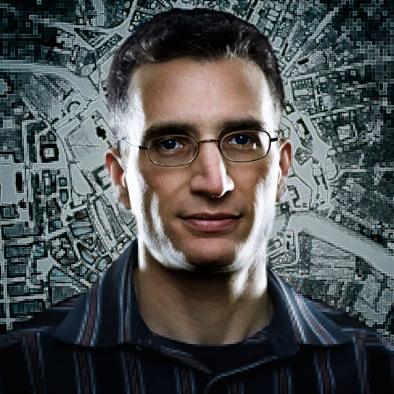 Artists and scientists inherit from their separate academic training and social milieus very different standards for evidence, success, and tenure criteria. This discussion asks how intrepid collaborators who want to cross those disciplinary chasms can navigate such cultural differences to invigorate their research and their field.
Artists and scientists inherit from their separate academic training and social milieus very different standards for evidence, success, and tenure criteria. This discussion asks how intrepid collaborators who want to cross those disciplinary chasms can navigate such cultural differences to invigorate their research and their field.
A number of panelists focus on the oceans as a research topic and artistic inspiration. Marine biologist Jessie Muhlin of Maine Maritime Academy studies the reproductive ecology and food web of seaweeds in the northwestern Atlantic, and has worked in art-science collaborations using marine algae as inspiration.

 UMaine’s Lee Karp-Boss is a Margaret Chase Smith Policy Center Faculty Fellow who studies the ecology of phytoplankton, while Emmanuel Boss is an aquatic physicist who tries to understand how marine creatures interact with the constraints of their physical environment.
UMaine’s Lee Karp-Boss is a Margaret Chase Smith Policy Center Faculty Fellow who studies the ecology of phytoplankton, while Emmanuel Boss is an aquatic physicist who tries to understand how marine creatures interact with the constraints of their physical environment.
 All three have collaborated with UMaine’s Gene Felice, a New Media artist and educator who draws on production techniques from ecological sensors to 3D printing to tell stories through interactive installations and video mapping.
All three have collaborated with UMaine’s Gene Felice, a New Media artist and educator who draws on production techniques from ecological sensors to 3D printing to tell stories through interactive installations and video mapping.
 Also on the panel is Erin Gee, a composer and artist who creates interactive object-scores, biotechnological performances and digital prints inspired by vocal performance practice and technological otherness.
Also on the panel is Erin Gee, a composer and artist who creates interactive object-scores, biotechnological performances and digital prints inspired by vocal performance practice and technological otherness.
 Exploring the intersection of art and artificial intelligence is a research focus for UMaine’s Sofian Audry, who has just joined the faculty of New Media.
Exploring the intersection of art and artificial intelligence is a research focus for UMaine’s Sofian Audry, who has just joined the faculty of New Media.
The event is free and open to the public.

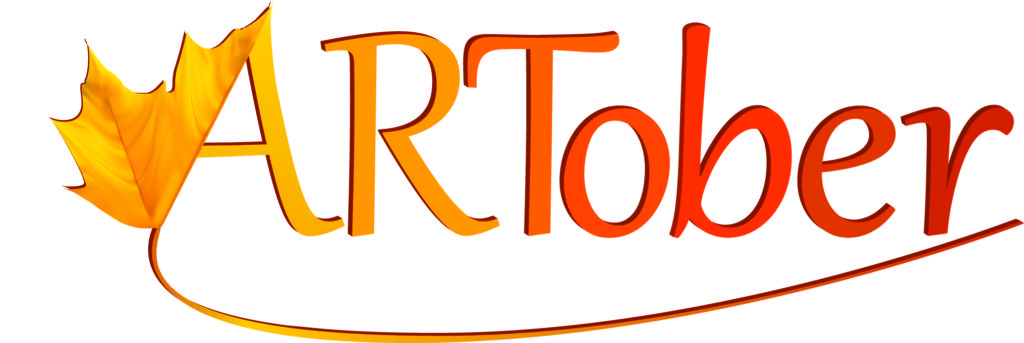 Join the free UMaine student bus trip from campus to the Downtown Bangor ARTwalk on Friday, Oct. 6. We will attend a free reception and performances at the Bangor Arts Exchange (193 Exchange St.), a free reception and tour at the UMaine Museum of Art, and have time to explore on our own.
Join the free UMaine student bus trip from campus to the Downtown Bangor ARTwalk on Friday, Oct. 6. We will attend a free reception and performances at the Bangor Arts Exchange (193 Exchange St.), a free reception and tour at the UMaine Museum of Art, and have time to explore on our own. Why do so many women drop out of computing majors while in college? What strategies can help open university departments, scientific labs, and tech firms to a more diverse workforce? How might breathing fresh perspectives into these fields change the character of their research and the outcomes for society? Join COCO creator Ruth Leopold and members of the WiSTEMM, ACM-W, and Rising Tide communities for this discussion.
Why do so many women drop out of computing majors while in college? What strategies can help open university departments, scientific labs, and tech firms to a more diverse workforce? How might breathing fresh perspectives into these fields change the character of their research and the outcomes for society? Join COCO creator Ruth Leopold and members of the WiSTEMM, ACM-W, and Rising Tide communities for this discussion.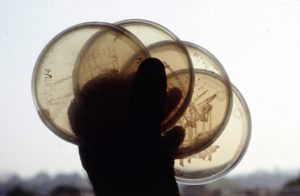 DIY scientific instruments
DIY scientific instruments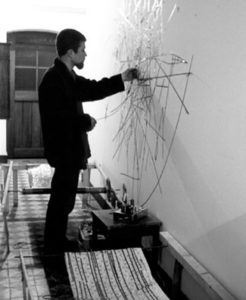 Unmaking audio
Unmaking audio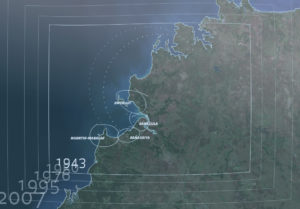 Virtual museums and digital publishing
Virtual museums and digital publishing Civic engagement
Civic engagement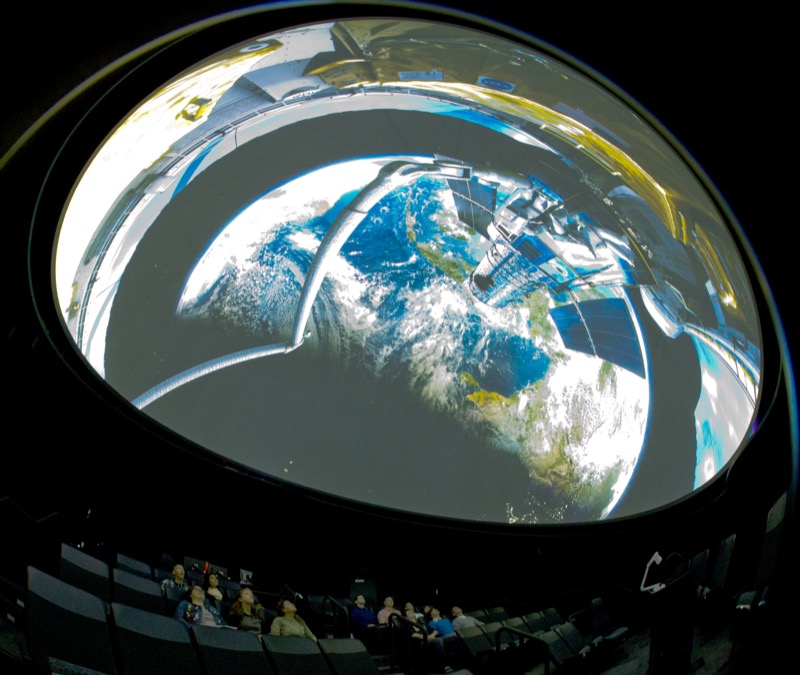 Whether the subject is symphonies, galaxies, or dinosaurs, immersive audio and video offer a captivating platform for educating and engrossing audiences. The 2017 Digital Humanities Week features two pioneers of such platforms, who will demo their unique systems in UMaine’s new
Whether the subject is symphonies, galaxies, or dinosaurs, immersive audio and video offer a captivating platform for educating and engrossing audiences. The 2017 Digital Humanities Week features two pioneers of such platforms, who will demo their unique systems in UMaine’s new  Immersive sound is the medium for Charlie Morrow, whose custom platform MorrowSound literally takes sound to the next level. MorrowSound projects audio above and below the listening plane, creating the illusion of an expanded space where sound moves up, down and around. MorrowSound has been showcased at major venues worldwide, including the Smithsonian’s National Museum of Natural History, the 2006 Torino Winter Olympics, and 2009 Design Week Helsinki–and this year at Digital Humanities Week.
Immersive sound is the medium for Charlie Morrow, whose custom platform MorrowSound literally takes sound to the next level. MorrowSound projects audio above and below the listening plane, creating the illusion of an expanded space where sound moves up, down and around. MorrowSound has been showcased at major venues worldwide, including the Smithsonian’s National Museum of Natural History, the 2006 Torino Winter Olympics, and 2009 Design Week Helsinki–and this year at Digital Humanities Week.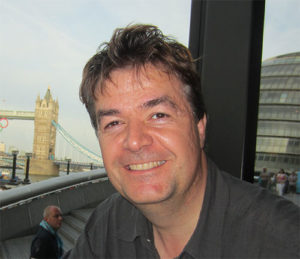 Robin Sip is CEO of Mirage3D and Director of Show Production and Content for Evans & Sutherland. A resident of The Hague, he has produced and/or directed 20 fulldome shows, including Origins of Life, Dinosaurs@Dusk, and Dawn of the Space Age, the most licensed fulldome film in the industry. Mirage3D’s productions have played in over 700 fulldome theaters and science centers around the world. His current research focuses on designing new camera rigs to improve live action capture for fulldome VR, such as his next production about the planet Mars.
Robin Sip is CEO of Mirage3D and Director of Show Production and Content for Evans & Sutherland. A resident of The Hague, he has produced and/or directed 20 fulldome shows, including Origins of Life, Dinosaurs@Dusk, and Dawn of the Space Age, the most licensed fulldome film in the industry. Mirage3D’s productions have played in over 700 fulldome theaters and science centers around the world. His current research focuses on designing new camera rigs to improve live action capture for fulldome VR, such as his next production about the planet Mars.


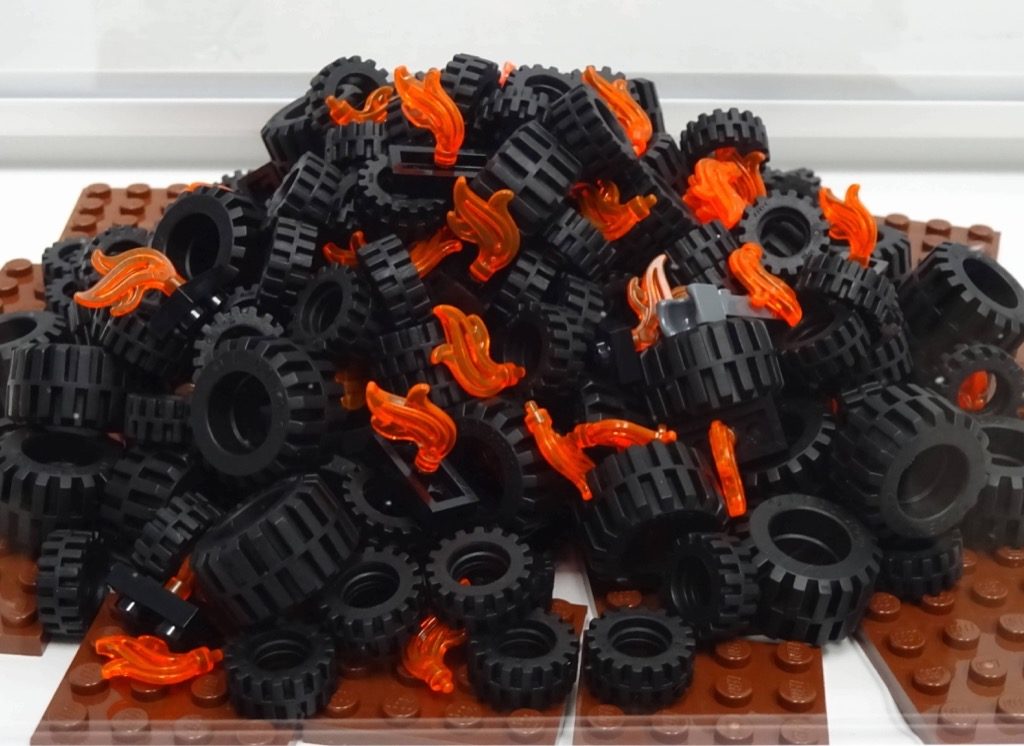 As technological platforms have become more powerful, our ability to deconstruct them has weakened. The Digital Millennium Copyright Act criminalizes farmers who disassemble tractors, hip-hop artists who sample vintage songs, and museum conservators who decompile obsolete software.
As technological platforms have become more powerful, our ability to deconstruct them has weakened. The Digital Millennium Copyright Act criminalizes farmers who disassemble tractors, hip-hop artists who sample vintage songs, and museum conservators who decompile obsolete software. Store shelves over the last fifty years have likewise undergone a decline in toys that leave play to the imagination, as branded franchises with predetermined narratives like Frozen and Star Wars have crowded out open-ended playthings like generic dolls and chemistry sets.
Store shelves over the last fifty years have likewise undergone a decline in toys that leave play to the imagination, as branded franchises with predetermined narratives like Frozen and Star Wars have crowded out open-ended playthings like generic dolls and chemistry sets.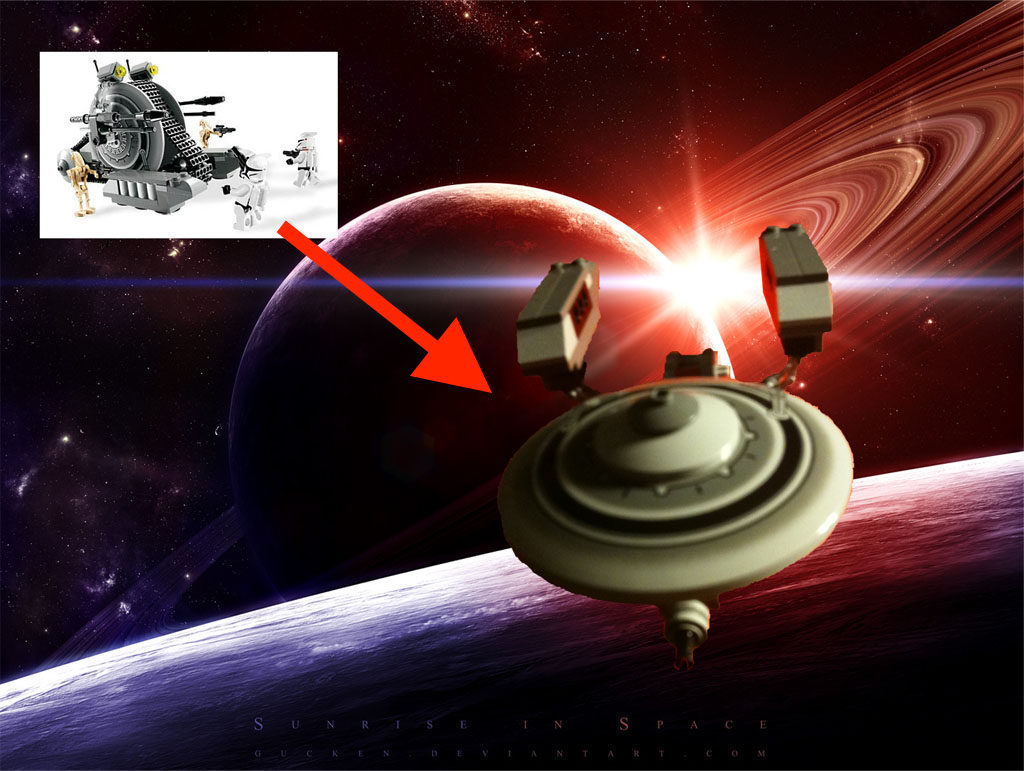 Operating in contrast to the decline of hackability in today’s app and toy stores is a spectrum of creators who are decidedly not following instructions. Some hack systems without permission, like those who modify or “speedrun” Super Mario. Other artists exploit the openness of “toy” platforms like Minecraft or design microcontrollers like Arduino explicitly for hacking.
Operating in contrast to the decline of hackability in today’s app and toy stores is a spectrum of creators who are decidedly not following instructions. Some hack systems without permission, like those who modify or “speedrun” Super Mario. Other artists exploit the openness of “toy” platforms like Minecraft or design microcontrollers like Arduino explicitly for hacking. This panel invites artist and scholars to interrogate the often contradictory narratives surrounding makers and unmakers of products and platforms marketed as creative media. Depending on proposals received for the panel, its organizers may structure the discussion according to an aleatoric dynamic consistent with the theme of Lego-like creativity.
This panel invites artist and scholars to interrogate the often contradictory narratives surrounding makers and unmakers of products and platforms marketed as creative media. Depending on proposals received for the panel, its organizers may structure the discussion according to an aleatoric dynamic consistent with the theme of Lego-like creativity.
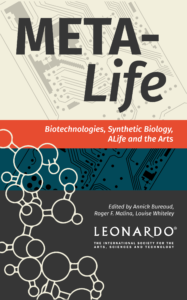 Yet sometimes innovative ideas require innovative vehicles, so Malina has also spearheaded forays into experimental publishing, from the Yasmin email list to the Creative Disturbance podcasts.
Yet sometimes innovative ideas require innovative vehicles, so Malina has also spearheaded forays into experimental publishing, from the Yasmin email list to the Creative Disturbance podcasts. Malina is Distinguished Professor of Art and Technology, and Professor of Physics, at the University of Texas at Dallas where he runs the
Malina is Distinguished Professor of Art and Technology, and Professor of Physics, at the University of Texas at Dallas where he runs the 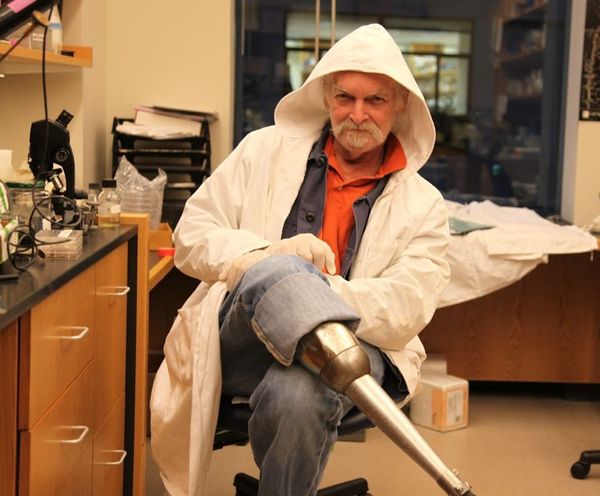 No one better exemplifies the promise and excitement of STEM to STEAM than MIT’s unofficial artist in residence, Joe Davis. Davis’ contagious brilliance has inspired some of the world’s leading scientists to help build his outlandish ideas, from fishing rigs designed to catch microorganisms to ornithopters powered by frog legs.
No one better exemplifies the promise and excitement of STEM to STEAM than MIT’s unofficial artist in residence, Joe Davis. Davis’ contagious brilliance has inspired some of the world’s leading scientists to help build his outlandish ideas, from fishing rigs designed to catch microorganisms to ornithopters powered by frog legs. Combined with his rigorous understanding of scientific principles and advancements, Davis’s lateral thinking has at times put him decades ahead of mainstream scientists in discovering new uses for technology. His 1988 project embedding a visual image in DNA predated the recently publicized demonstration by Harvard researcher George Church by 24 years.
Combined with his rigorous understanding of scientific principles and advancements, Davis’s lateral thinking has at times put him decades ahead of mainstream scientists in discovering new uses for technology. His 1988 project embedding a visual image in DNA predated the recently publicized demonstration by Harvard researcher George Church by 24 years.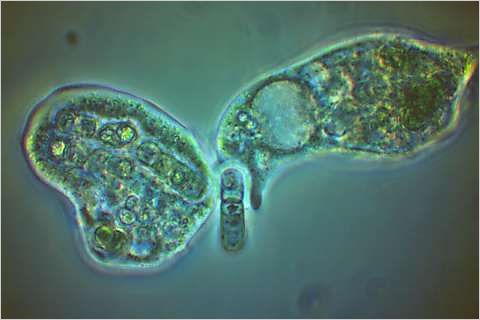 Other inventions of Davis’s have yet to find a scientific application. His Audio Microscope, a microscope that translates light information into sound, thus allowing you to hear the acoustic signature of living cells, might be someday used to identify abnormal cells such as cancer cells. Other experiments, such as learning how E. coli responds to jazz or beaming images into space via radio telescope, may never find a practical application yet are thought-provoking in their juxtaposition of human and bacterial cultures.
Other inventions of Davis’s have yet to find a scientific application. His Audio Microscope, a microscope that translates light information into sound, thus allowing you to hear the acoustic signature of living cells, might be someday used to identify abnormal cells such as cancer cells. Other experiments, such as learning how E. coli responds to jazz or beaming images into space via radio telescope, may never find a practical application yet are thought-provoking in their juxtaposition of human and bacterial cultures.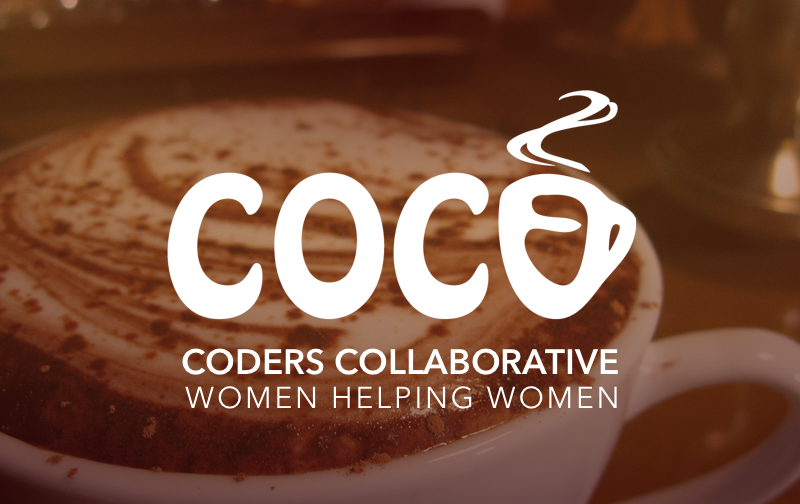 Despite a nationwide push to teach programming to a more diverse body of students in K-12 education, recent studies suggest women are most likely to drop out of computer science in college. Ruth Leopold’s
Despite a nationwide push to teach programming to a more diverse body of students in K-12 education, recent studies suggest women are most likely to drop out of computer science in college. Ruth Leopold’s 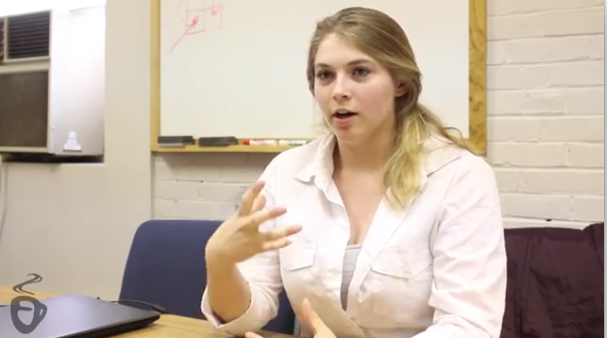 The key components and benefits of community that COCO targets are peer support, shared experience, confidence and interest.
The key components and benefits of community that COCO targets are peer support, shared experience, confidence and interest. Also represented at Digital Humanities Week will be initiatives such as the Rising Tide Center, WiSTEMM, and ACM-W, which hope to nourish women in STEM fields on a campus-wide and national scales.
Also represented at Digital Humanities Week will be initiatives such as the Rising Tide Center, WiSTEMM, and ACM-W, which hope to nourish women in STEM fields on a campus-wide and national scales.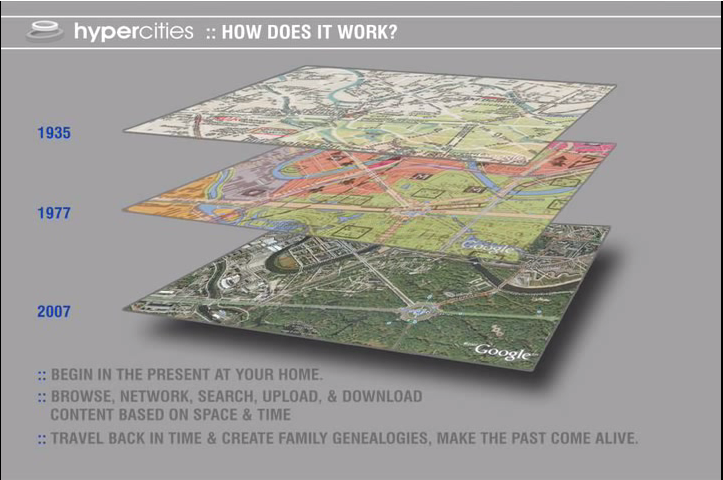
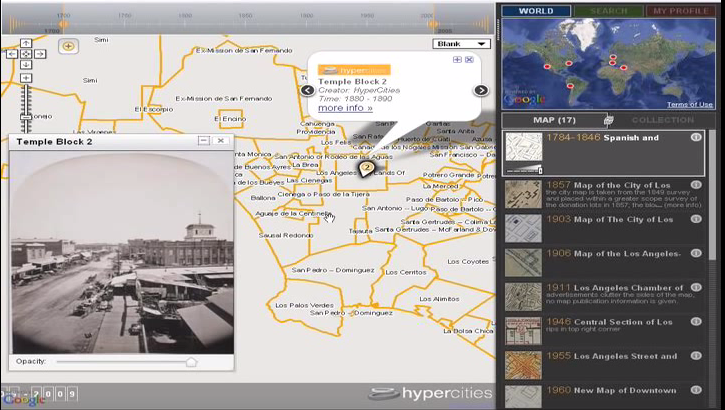
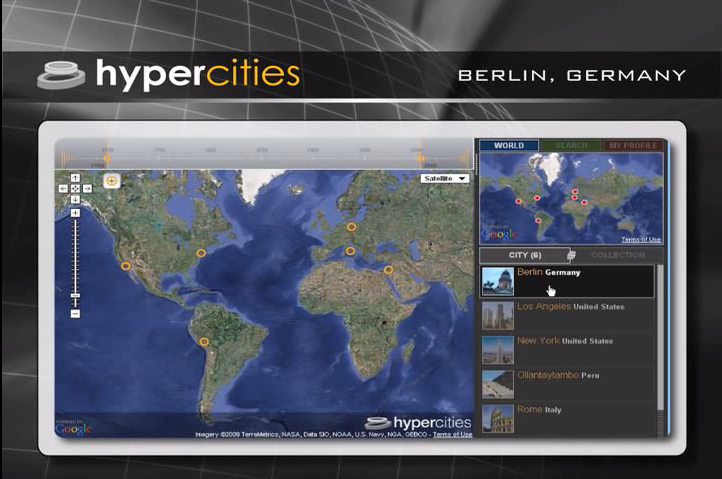 Funded by the MacArthur Foundation as one of its first “digital media and learning” projects in 2008, HyperCities is an open-source, web-based platform for “going back in time” to analyze the cultural, urban, and social layers of city spaces. HyperCities brings together archival objects, maps, 3D models, and other sources for more than two dozen cities, including Berlin, Los Angeles, New York, and Rome.
Funded by the MacArthur Foundation as one of its first “digital media and learning” projects in 2008, HyperCities is an open-source, web-based platform for “going back in time” to analyze the cultural, urban, and social layers of city spaces. HyperCities brings together archival objects, maps, 3D models, and other sources for more than two dozen cities, including Berlin, Los Angeles, New York, and Rome.